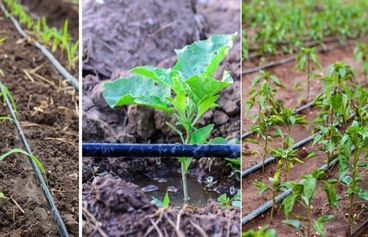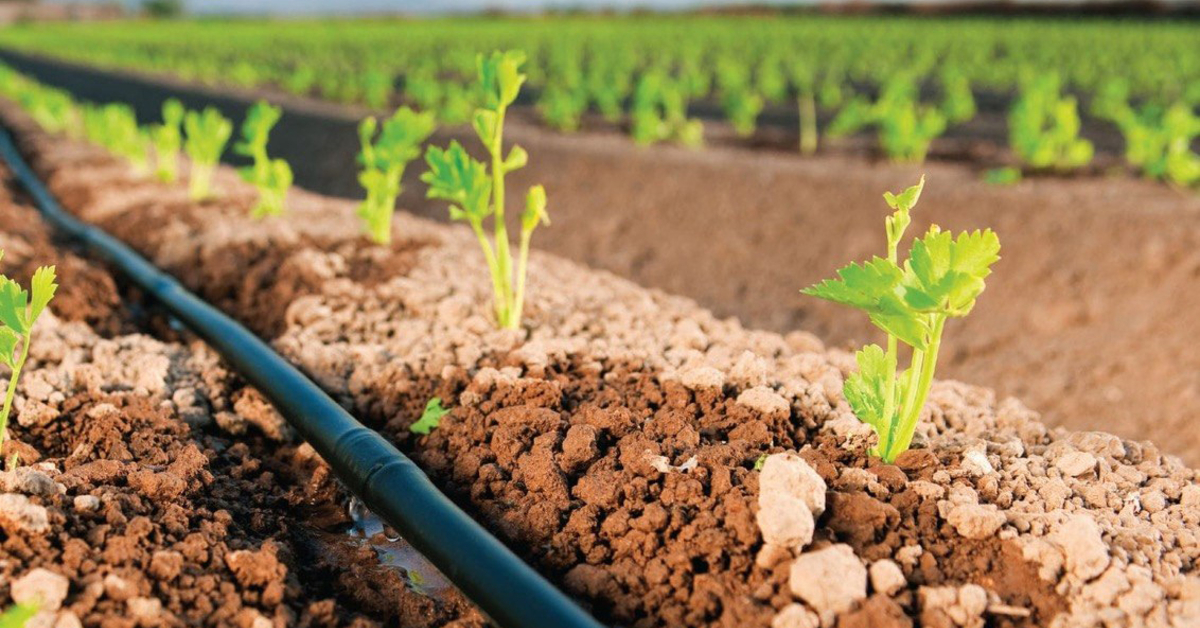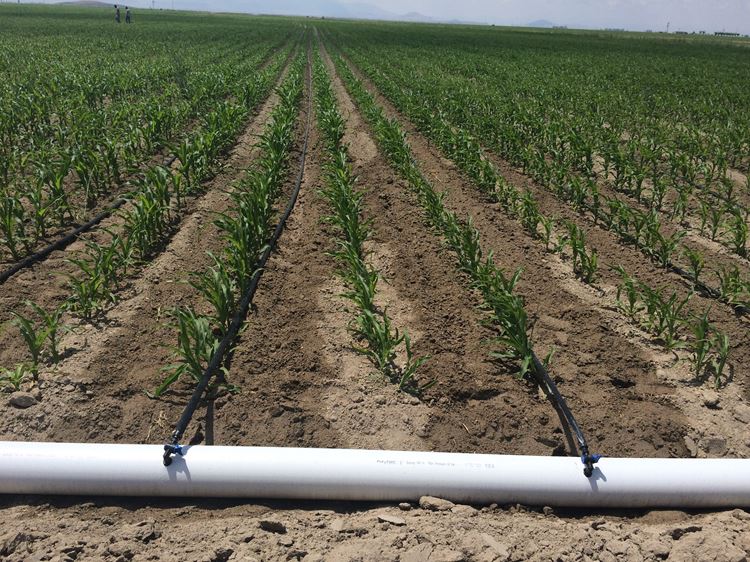Drip Irrigation Systems Benefits

Drip irrigation is an increasingly common system today. The drip irrigation system provides frequent and little irrigation. Thanks to the drip irrigation systems, many operations can be performed, such as saving labor and time-adjusted irrigation. Moreover, it also helps to conserve water resources.
Drip irrigation takes its name from its technical features. It is the system in which water is given directly to the root section in droplets. Drip irrigation based on frequent and little watering. The water pressure is low in the type of irrigation used on both fertilized and unfertilized soils.
What is Drip Irrigation System?
Drip irrigation, which provides much more benefits than standard irrigation systems, is the choice of many farmers. The drip irrigation system gives water directly to the roots of plants and in droplets. The water pressure in the drip irrigation system is very low. It delivers water to the plant roots in very small amounts but frequently. This way ensures that the workforce kept at a minimum level and that the highest efficiency obtained from irrigation.

Farmers used the drip irrigation technique only in greenhouses before. But nowadays they have started to use it in large amounts in open areas. We know that for the use of drip irrigation technique, dispenser dropper, water tank, drip irrigation system pipe, and irrigation water filters are required. Many benefits obtained in terms of energy consumption and crop production in drip irrigation systems established by using these materials.
What are the Benefits of the Drip Irrigation System?

- The benefits of drip irrigation can develop due to many reasons. Some of the benefits seen in this sense are:
- Drip irrigation systems provide irrigation at any time during the day. At the same time, the system does not change depending on the wind speed.
- Low pressure is required to use the drip irrigation system. Therefore, it saves energy.
- It reduces the stress situation seen in crops thanks to more frequent but less watering.
- Drip irrigation systems allow crops to grow earlier. Thus, it increases efficiency.
- It seen that the labor force has decreased. Thus the purchase of extra farmers has decreased at the same rate, and accordingly, the expenses have decreased.
- In irrigation that takes place under normal conditions, some of the water becomes steam. Since this situation does not occur in drip irrigation systems, water-saving comes to the fore.
- It provides higher efficiency from fertilizers and pesticides.
- Since it does not give much water to the soil, it reduces erosion and soil loss.
- Thanks to regular and intermittent irrigation, it is observed that the crops grow more regularly.
- Drip irrigation systems; the ability to customized according to the season, soil structure, and fertilizer use ensures high efficiency from the irrigation application.
How are Drip Irrigation Systems Applied?
The use of drip irrigation achieved by performing certain installation steps. First of all, a project should prepared according to the condition of the land, the water source, the soil structure, and the type of plant to grown. Prepared projects can used with specific methods. Laying the drip irrigation pipes, installing the filter systems, installing the mainline and sub-main pipes, and then supplying the water to the system are among the installation stages of the drip irrigation system. After completing these stages, controls regarding the complete functioning of the irrigation system should carried out. If there is no error due to the controls, the irrigation system becomes ready for use.
Costs
Drippers drip water into the soil in the form of several liters over a few hours. Farmers determine the pressure of the water as a result of the controls. The cost of the drip irrigation system varies according to terrain characteristics. The durability of pipes exposed to different weather conditions, especially under the ground for years, is of great importance. Although the selection of quality materials increases the cost in the first stage, it prevents replacement costs in the following years. As the size of the land increases, the cost per decare decreases. It covers the installation cost of the drip irrigation system in almost 4-5 years. When quality pipes selected, the laid lines can using for up to 15 years.


